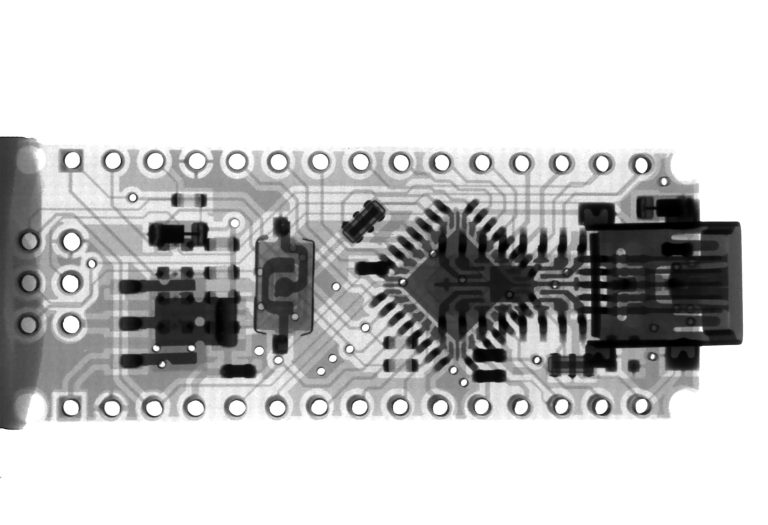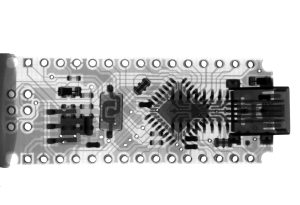Understanding the core differences between a cover letter and a CV is crucial when applying for jobs. Both documents serve different purposes and contain distinct information. This article will discuss the primary differences between a cover letter and a CV, the significance of CVs for job seekers, and what information should be included in a CV.
Difference Between a Cover Letter and a CV
A cover letter and a Curriculum Vitae (CV) are two distinct elements of a job application. Here is a brief explanation of each:
Cover Letter
A cover letter is a letter that introduces a job candidate to the employer. It is personalized and targeted to the specific job opening, demonstrating how the candidate’s skills and experiences make them an ideal fit for the position. It also expresses interest in the opportunity, and the tone is often more conversational.
Curriculum Vitae (CV)
A CV is a comprehensive summary of a candidate’s professional and academic background. It typically includes their education, certifications, skills, work experience, achievements, awards, affiliations, and any other relevant information. While a CV may be tailored to a specific job, it is generally written inclusively and can be reused across various applications.
Importance of CVs for Job Seekers
CVs are crucial for job seekers for various reasons:
- First Impressions: A well-constructed CV provides the employer with a brief yet comprehensive snapshot of a candidate’s qualifications.
- Marketing Tool: A strong CV markets a candidate’s skills, knowledge, and experiences to potential employers.
- Tailored Compatibility: A specially tailored CV for a particular job can increase the chances of securing an interview.
- Comparison: CVs enable employers to compare candidates and choose the best-suited applicants.
- Easy Reference: During interviews, employers often refer to a candidate’s CV to ask questions and engage in meaningful discussions.
Information to Include in a CV
A well-rounded CV includes the following information:
- Contact Details: Full name, phone number, email address, and LinkedIn profile (if applicable).
- Professional Title: Clearly state the desired occupation or professional title.
- Personal Statement: A brief, personalized statement that summarizes career goals and demonstrates why the candidate is an excellent fit for the role.
- Education: List academic qualifications, including the name of the institution, dates attended, major, and degree earned.
- Work Experience: Provide a chronologically organized list of relevant work experiences, including job title, employer, dates of employment, and specific accomplishments.
- Skills: Highlight specific skills that relate to the job, such as language proficiency, technical abilities, or relevant certifications.
- Achievements: Showcase accomplishments that illustrate a candidate’s capabilities and potential.
- References: Depending on the employer’s preference, either include professional references or state that they are available upon request.
In conclusion, a job applicant should be well-versed in the distinctions between a cover letter and a CV. Understanding these differences and including relevant information can significantly enhance the chances of advancing in the recruitment process.













